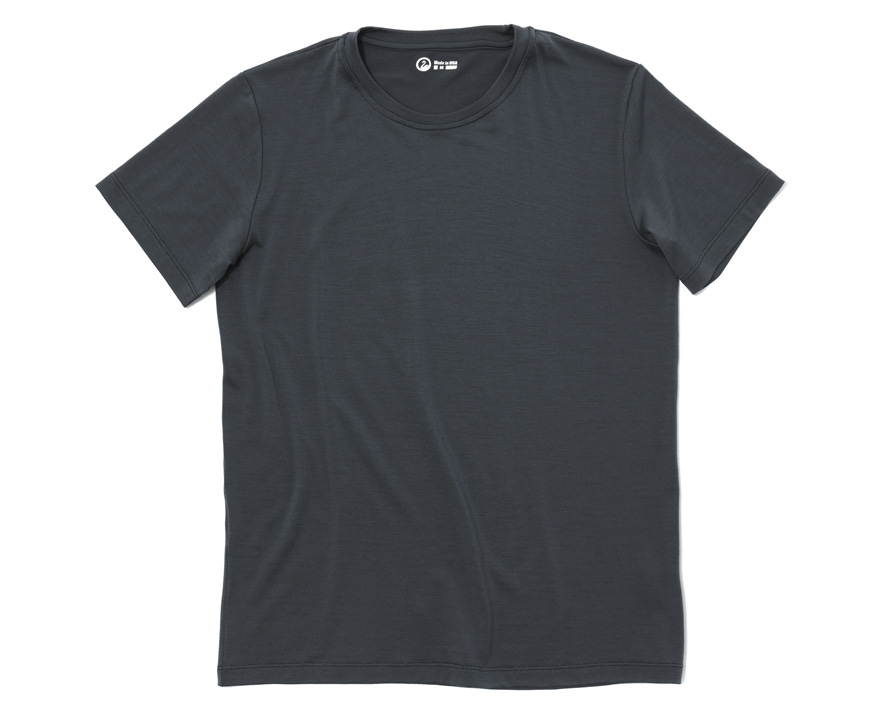Colin here. Nick Thompson, the editor of Wired, wrote a piece about what they learned in the last year from launching their paywall. While much of the focus is on the economics, it was a more mundane detail that caught my attention:
As anyone who runs an online business knows, the order form is also extremely important, and we spent loads of time trying to optimize ours. We shortened text, refined the lines of boxes, and played with different images. Adding Amazon Pay as an option seemed to help a lot. But there’s still work to do. If you’ve got ideas for how we can make our order form better, let me know.
We also ran a bunch of interesting experiments. When we asked people to “place order” instead of “start my subscription,” 9 percent more did so. When we included coupons with the offer, fewer people subscribed than when we told them they could just “Save 50%.” For some reason, it seems, people much prefer “deliver to” and “customize your offer” over “choose a destination” or “choose an offer.” We also learned a lesson that every retailer ever knows: If you offer a sale, people buy. The question for us is whether those people will renew.
Why is this interesting?
Reading this made my day. I’ve long thought that while a lot of publications were contemplating their existential digital strategy or paying McKinsey millions to solve their problems, they took their eye off the small, incredibly important mechanisms required to keep a web-based business going strong. Touchpoints like the renewal emails, order forms, and retention strategies are where the rubber meets the road in the digital world. As Thompson notes, things that “anyone with an online business knows.”
As much as they are in the ideas and sensibility business, media brands need to also be in the commerce and conversion business. Want to put up a paywall? Great. There’s a ton that you need to learn from other industries in terms of how to nurture, convert, and retain. Technology, especially inside large organizations, is never a panacea. Institutional denial about the company’s real source of revenue almost always has to be overcome.
Thompson is doing something great here: he’s thinking like a technologist and product manager at a software company instead of just as an magazine editor. Ecommerce has A/B tested the hell out of checkouts, and it turns out simplicity, removing friction, and some other behavioral cues, can lead to huge results. Using Apple Pay or Amazon Pay to quickly pay for my renewal? Sign me up. And it makes sense for a technology publication to be leading the charge.
The extent to which some publications get this wrong is astounding. I subscribe to a ton of print media, and many magazines make it damn near impossible to renew. Who remembers their 20 digit account number? Also, most of these renewal portals were built in 2004, making an otherwise positive interaction (the vote of confidence that comes with a renewal) as unpleasant as possible. Not surprisingly, the customer service lines aren’t any better.
There’s no point in rehashing the circumstances that have befallen media. The fundamental question is the path forward. While many, including Conde Nast, have big hopes for yet another digital savior in Apple News+, Thompson’s blocking and tackling around conversion feels like a much more reliable long-term strategy. After spending the last ten years optimizing every letter of every headline to drive the most Facebook clicks, it’s reassuring that a publication like Wired is turning its attention to the small improvements that make or break the subscriber experience. As my friend Rafat at Skift likes to remind folks, the one proven strategy in media is delivering quality content in a sustainable way. (CJN)
Recommendation of the Day:
If you haven’t yet, check out the single origin Gostwyck merino t-shirt that the Outlier team makes. Incredibly high quality, breathable, and one of the best pieces to travel in. Strong recommend. And we have no skin on this game, we just love the brand (and founder Abe will be writing something for us in the near future). (CJN)

Quick Links:
Just got around to reading the Atlantic piece about the problem with dentistry. It doesn’t paint a pretty picture. “As for common but invasive dental procedures, an increasing number of dentists question the tradition of prophylactic wisdom-teeth removal; often, the safer choice is to monitor unproblematic teeth for any worrying developments. Little medical evidence justifies the substitution of tooth-colored resins for typical metal amalgams to fill cavities.” (NRB)
My favorite new email is called Flow State. It’s two hours of music that you can work to delivered every morning. Big thanks to Naveen for the tip. (NRB)
The Financial Times on who comes up with those fabrics on the London Underground. “They create a pattern to trick the eye, by positioning the lead colour next to secondary shades. Close up, the purple is a mix of horizontal blocks of violet, lilac, cream and grey, with occasional lines of red, blue, orange, white and mint green.” (CJN)
250 free to access digital libraries and archives. This is the sort of stuff I store away in a “Research” folder in my bookmarks. (NRB)
Thanks for reading,
Noah (NRB) & Colin (CJN)


